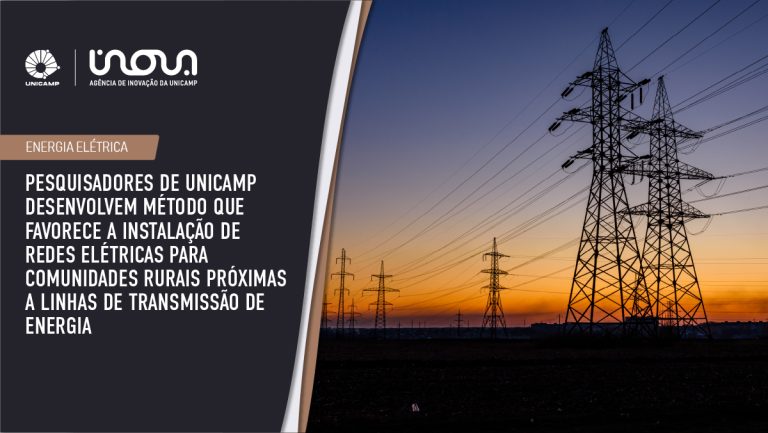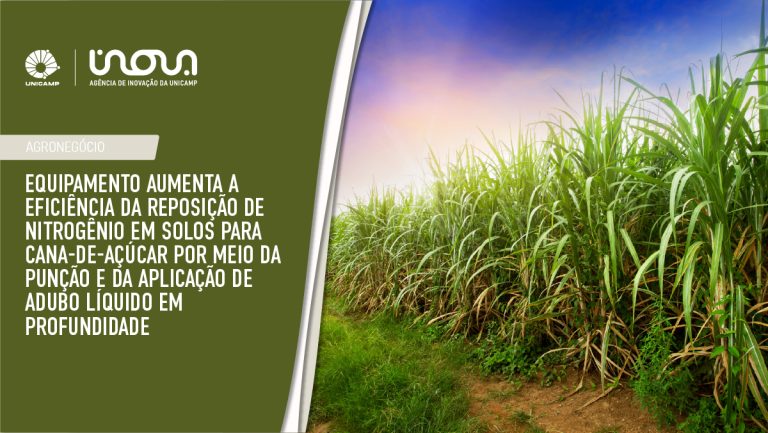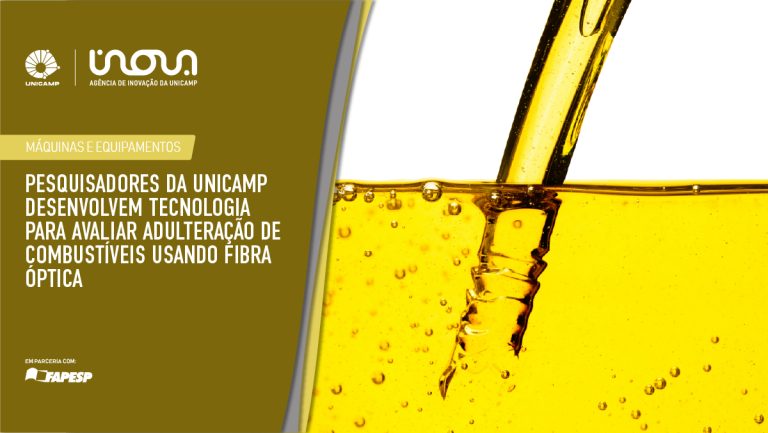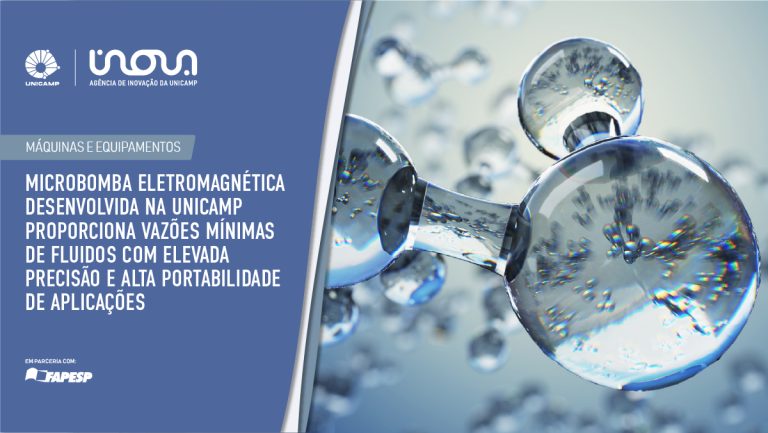Method for producing polymer gel electrolyte used for preparing polymeric composition for dye-sensitized solar cells, involves adding polymer in suitable solvent
NOVELTY – Polymer gel electrolyte production involves adding poly(ethyleneoxide-co-2-(2-methoxyethoxy)ethyl glycidyl ether-co-allyl glycidyl ether) in a suitable solvent during stirring at constant temperature in tightly sealed environment. One or multiple additives are added with stirring at constant temperature. One or multiple salts derivatives of iodine, or ionic liquids and its derivatives are added under constant temperature to an electrolyte. The obtained electrolyte is heated at suitable temperature to form cross-links. USE – Method for producing polymer gel electrolyte used for preparing polymeric composition for dye-sensitized solar cells (all claimed). ADVANTAGE – The method provides polymeric electrolytes in a simple manner with improved efficiency and dimensional stability and excellent ionic conductivity. The obtained polymeric electrolyte facilitates assembly of devices on a large scale in a cost-effective manner. DETAILED DESCRIPTION – INDEPENDENT CLAIMS are also included: (1) a dye-sensitized solar cells, which comprises a gel polymer electrolyte, a photo-film electrode composed of titanium oxide, conductive substrate, an inorganic polymer and a counter electrode coated with material selected from platinum or carbon nanotubes with single or multiple walls; and (2) a method of preparing dye-sensitized solar cells, which involves inserting photo-electrode in a chamber with polymer electrolyte gel. DESCRIPTION OF DRAWING(S) – The drawing shows a schematic view of solar cell using liquid electrolyte. Titanium dioxide film (1) Dye monolayer (2) Conductive oxide thin layer (3) Liquid electrolyte layer (4) Platinum thin film (5) Glass (6)
Main Application Field
A85 (Electrical applications.); E32 (Compounds of Ti, Zr, Hf, Cu, Ag, Au, Zn, Cd, Hg, Ga, In, Te, Ge, Sn, Pb, As, Sb, Bi.); L03 (Electro-(in)organic – chemical features of conductors, resistors, magnets, capacitors and switches, electric discharge lamps, semiconductor and other materials, batteries, accumulators and thermoelectric devices, including fuel cells, magnetic recording media, radiation emission devices, liquid crystals and basic electric elements. Growing of single crystals of semiconductors and their doping are included, but semiconductor devices, where the manufacture is not claimed are excluded. Electrography, electrophotography, magnetography, electrolysis, electrophoresis, power plant, X-ray and plasma-techniques, ion exchange resins, polyelectrolytes, electroplating, metal electrodeposition, electroforming, anodising, electrolytic cleaning, cathodic protection and electrolytic or electrothermic production or refining of metals are all covered elsewhere (Sections G, J, K and M).); X15 (Non-Fossil Fuel Power Generating Systems); X16 (Electrochemical Storage)
INVENTORS:
NOGUEIRA ANA FLAVIA
DE PAOLI MARCOS-AURELIO
BENEDETTI JOAO EDUARDO
302_CORANTE
Patent number: BR200910292-A2
PATENT STATUS:
For information contact Inova Unicamp
FOR ADDITIONAL INFORMATION:
parcerias@inova.unicamp.br
+55 (19) 3521-5207 / 2607
This technology profile has been automatically generated.








